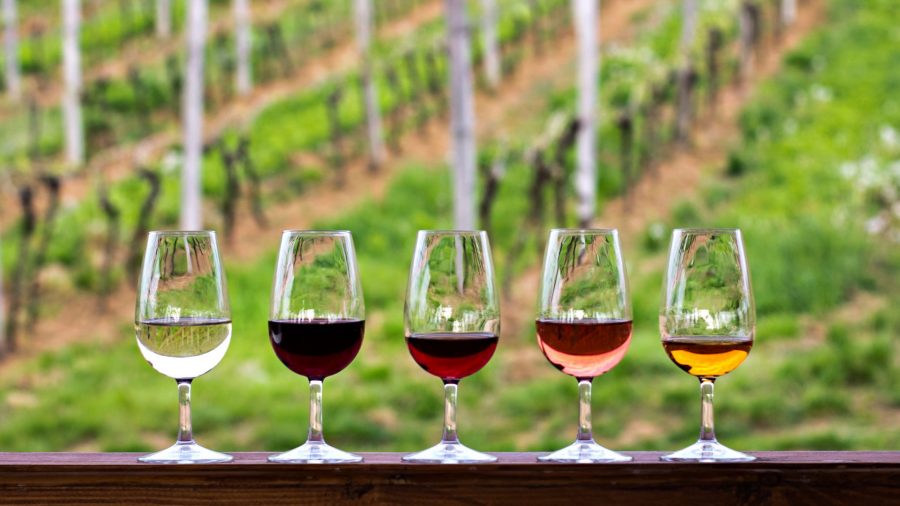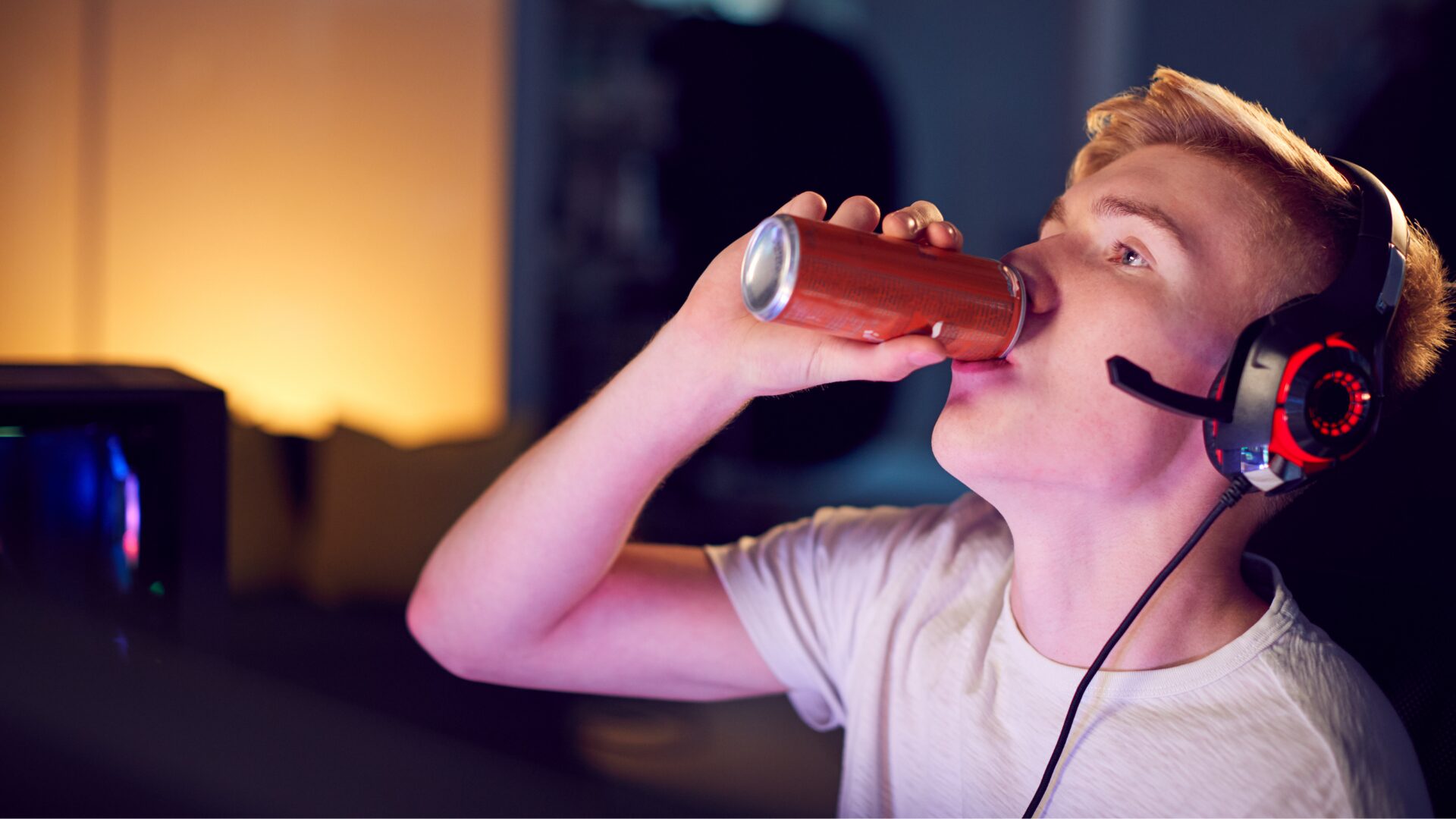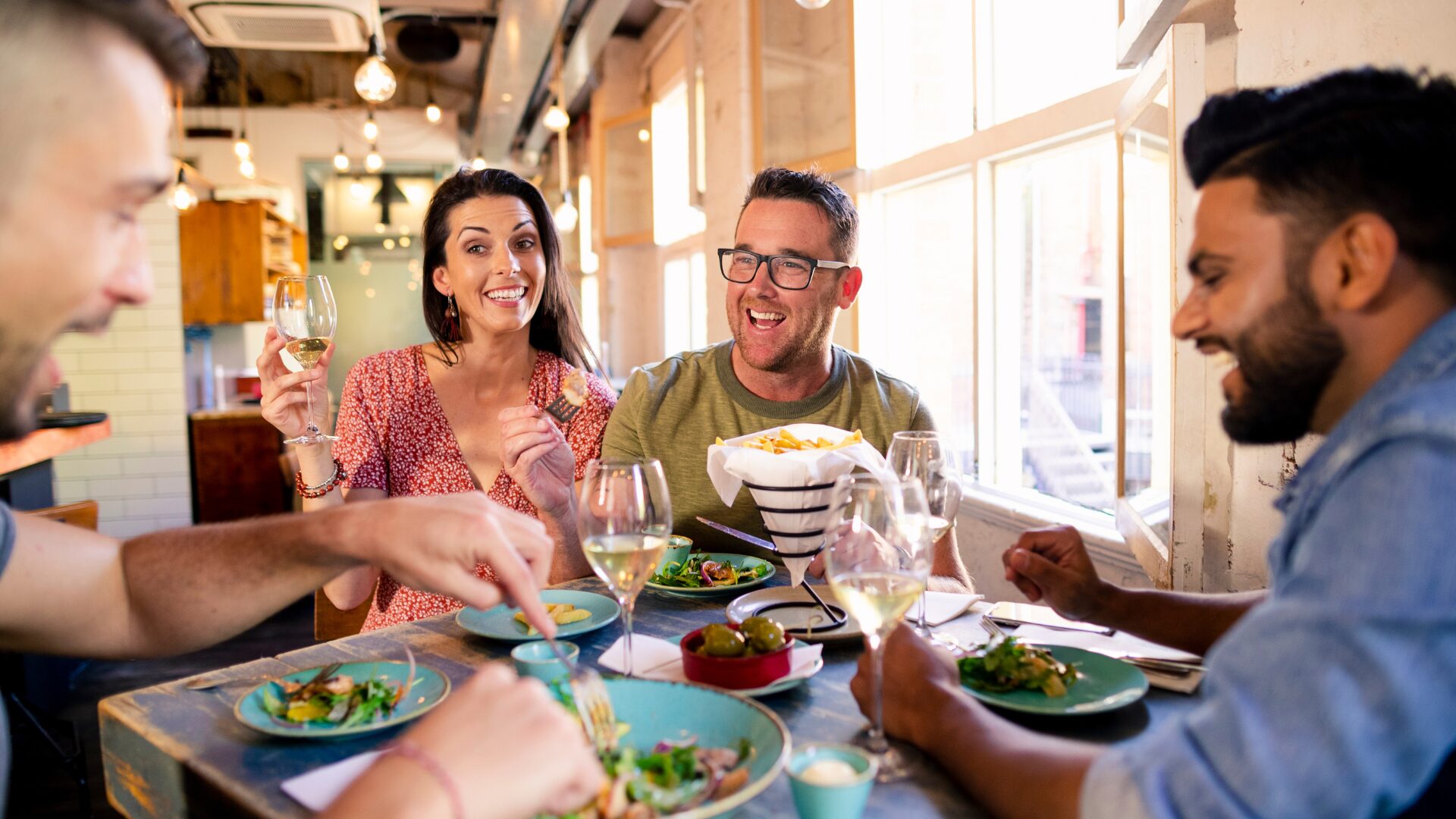What will the post-pandemic future hold for wine retailers? The global wine sector is large and highly fragmented, so it’ll take some time to fully measure and understand COVID’s impact on the segment.
For wine retailing, however, the effects are somewhat more evident, and certain initial observations can already be made:
Brick-and-mortar will continue to lead wine sales (for now at least). For the most part, wine sales, even post-COVID, are still an “in-person” affair. The largest wine retailers all rely heavily on their large physical store networks and are unlikely to deviate from that model in the short to medium term. There are also thousands of independent wine stores across the country that see their physical presence as their primary point of sale.
This condition is aided in large part by the aforementioned diversity of the global wine industry. Wine is produced in over 50 countries (though Italy, France, Spain, and the US account for 60% of the volume) and there are literally tens of thousands of individual wine producers. The U.S. has more than 11,000 individual wineries.
At the wholesaler / distributor level things get a bit more concentrated (in the U.S., the two largest wine distributors account for almost 50% of the volume) but there are also thousands of them worldwide. At present, these conditions give a competitive advantage to large enterprises with long established commercial relationships and wide, far-reaching sourcing channels. However, it also leaves the proverbial door open to competitors who can successfully leverage technology and achieve volume growth through non-traditional channels.
E-commerce will play an increasing role in retail sales. Predominantly brick-and-mortar businesses will likely embrace e-commerce sooner or later in order to remain competitive. Costco, Total Wine and Trader Joe’s are major players worth watching in this regard, since they currently either don’t offer liquor sales online, or their e-commerce presence is small. Competitive pressure from players like Drizly and DTC outfits like Wine.com and Vivino will likely force them to rethink their business model going forward.
Direct-to-Consumer (DTC) sales will continue their forward momentum. Fully online wine stores saw their sales volume increase dramatically earlier in the pandemic and, while some of this growth may recede as life eventually returns to normal, it’s unlikely that the forward momentum gained during COVID will be lost. On the contrary, as these companies continue to gain in popularity and name/brand recognition, we should expect their competitive position to strengthen through more advertising and price competition.
E-commerce will help bring greater price efficiency. One of the little-known facts about retail wine sales is that pricing is often very inefficient. Price differences for the same bottle of wine, even in the same metro market, are often substantial. This condition has persisted for years by an inherent lack of price transparency.
Until recently, only dedicated “wine geeks” (like yours truly) with access to multiple price offerings from multiple retailers could effectively tell the difference. As Drizly and DTC companies gain prominence, however, they’re likely to indirectly create narrower price ranges and establish de facto price “benchmarks”, at least for the more popular wine brands. Other wine apps, like wine-searcher.com (which allows you to compare prices across retailers in the same market or nationwide) are gaining popularity, and their use should continue to increase going forward.
The use of professional wine ratings as substitute for instore advice will continue to grow. Wine Spectator, Wine Advocate and other leading wine rating publications continue to gain influence in consumers’ decisions, and should strengthen e-commerce by acting as proxy for professional instore wine advice and recommendations.
Juan Ruiz is a finance and investment professional with over 30 years’ experience collecting and reviewing wines. He’s a graduate of New York’s Institute of Culinary Education’s Intensive Sommelier Program and a certified sommelier with the Court of Master Sommeliers, Americas.












